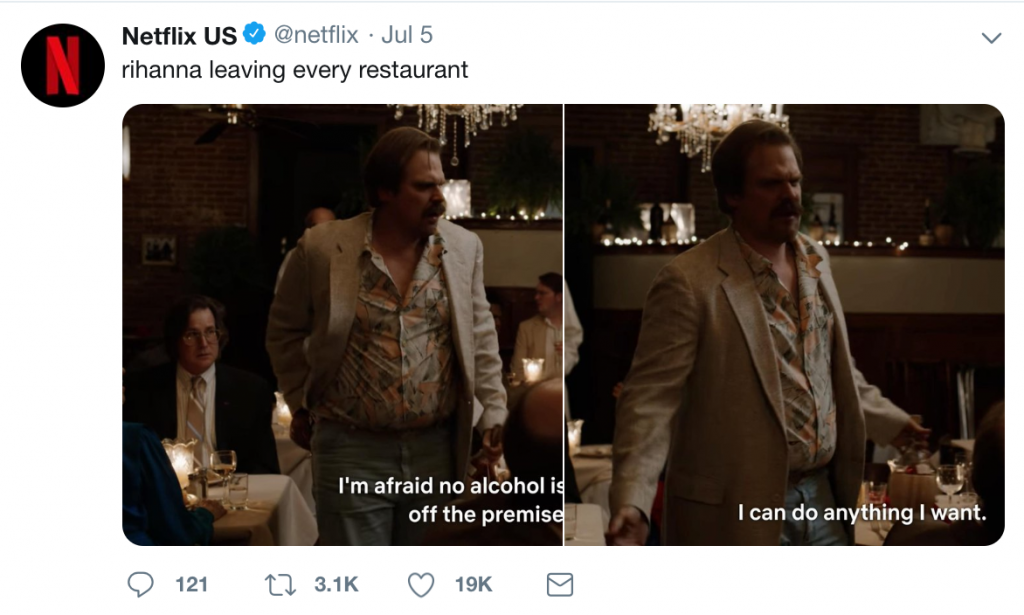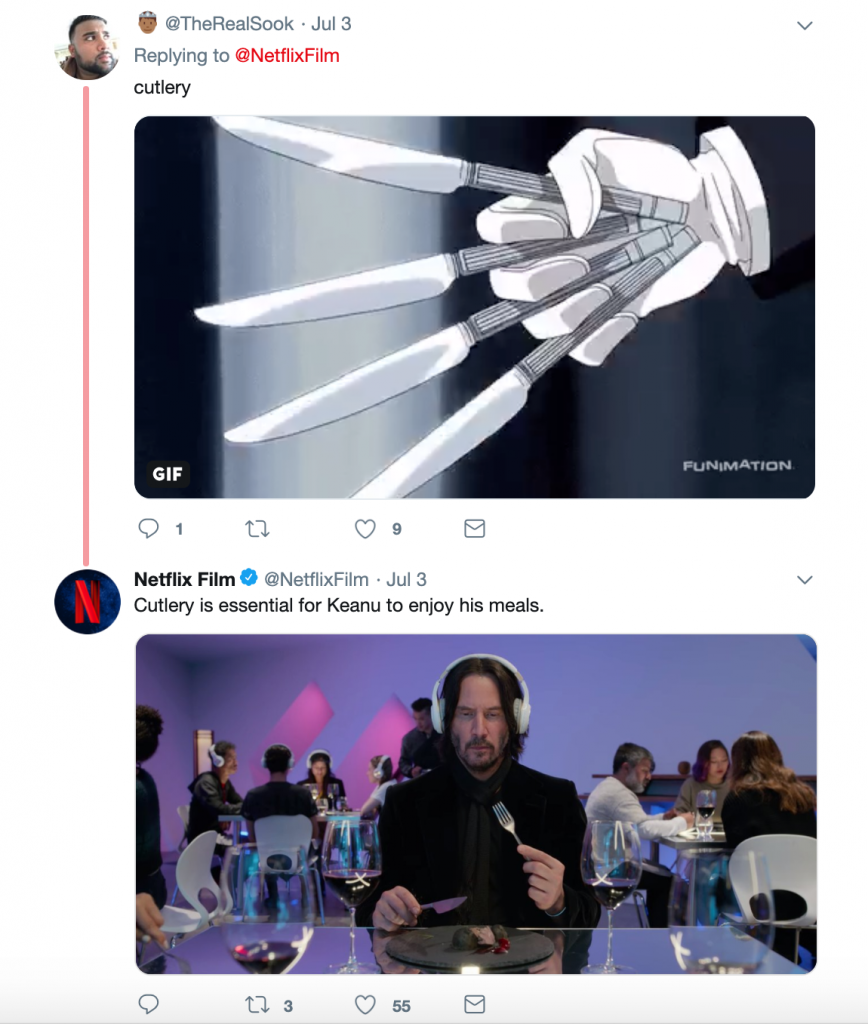
How to apply the Netflix Effect for your content marketing
I can’t count how many ads I get on Facebook for subscription boxes – makeup, clothes, wine, dog toys – so it seems there’s a subscription for everything now and most companies are making the switch to the subscription model or Software as a Service (SaaS) model.
So, why haven’t we looked at our marketing efforts with the same lens? If consumers are changing how they buy products and services, why aren’t we changing how we serve up content?
Netflix has been quite the game-changer when it comes to subscription services, and there are some ways we can apply the streaming giant’s principles to content marketing.
Learn how to create episodic content within your brand’s content marketing efforts to reap the rewards of brand loyalty and longer customer lifecycles.
5 ways to use episodic content in your content marketing strategy

1. Produced series
Invest resources into quality, binge-worthy content. No matter how much you advertise or talk about your content on social, poor content will perform poorly and customers will feel duped and no longer trust your brand.
Episodic content can be made up of blogs, videos, or podcasts, and you’ll have to find the right format for your audience and your brand. Would your information be better conveyed in words, in video, or like a radio show?
Think about the timelines that come with each “episode.” Traditional written blogs are faster to produce and can always be repurposed as videos or infographics, whereas videos and podcasts take a bit more planning, and production and editing time.
Focus on what your audience wants from you and what you can actually deliver on. You can always do a double-hitter by producing podcasts and then writing up a transcript and pulling out key points for an accompanying blog post.
With all content marketing, the proof is in the planning. No matter which route you go, you’ll want to come up with an editorial calendar to have an idea of the themes, trends, or topics your series will cover and make sure there’s a cohesive element tying all your episodes together.
2. Social media stories
A more in-the-moment and authentic approach is to use social media stories, like on Instagram and Facebook, to create real-time content.
Generally, you’ll still want to have a plan in place for what you want to talk about or show your audience – such as behind-the-scenes footage of a bigger series or impromptu interviews with influencers – but, stories are real-time and live, meaning viewers know there’s no chance for you to edit or manipulate the story to have too many marketing messages in them.
Stories can help you achieve the idea of “immediate consumption,” another element Netflix does well by releasing all of their content at once, instead of the more traditional one episode per week like cable relied on to keep viewers coming back for more. Followers want their content and they want it now!
If you want to copy Netflix even further, take a look at how witty and likeable they are on Facebook, Instagram, and Twitter. They’re fun, humorous, and do what they want, which is how they started as a watch-what-you-want company.
They don’t take themselves too seriously but they do take their fans seriously and take the time to reply to messages and posts, all with their trademark humor.


This shows fans they’re heard and seen by the brand and making the effort to have a consistent presence across their social channels, as well as respond in a way that subtly promotes their own content.
3. Pillar pages and related content
It can be a little creepy seeing the “Because you watched Friends, you might be interested in…” message on Netflix, but they know what their audience wants and what they want is to be directed to something else they’ll like without having to search for it.

Amazon does this well too with related products or the messaging of other people frequently buy this item with the one you’re looking at.
So, how can we apply this to marketing? By creating pillar pages and adding related content to our series! Categories and tags are essential for your series and helping your website visitors find similar content they can consume.
At the end of every episode, let them know where they can learn more about the topic of the episode or link them directly to it if it’s a video or blog post. You’ll also want to create pillar pages where you link to all of your content about the same topic.
4. Email drip campaigns
Turn your emails into episodes with a continuous storyline. Welcome campaigns are a great option for episodic content as you can introduce newcomers to your brand’s story and invite them to come along for the ride.
Share case studies, customer experiences, and reviews to educate your new subscribers about your brand and then motivate them to want to be a part of your story.
A simple welcome email series can follow the guidelines of:
- Email 1: Welcome message, deliver an asset, and set expectations
- Email 2: Invitation to connect
- Email 3: Invoke FOMO (share testimonials)
5. Preference centers
Consumers like being able to say exactly what they want to see from your brand and by giving them power through preference centers, you can let them create their own journey with your marketing.
Let them tell you what they’re interested in, what format they want, and how often they want to hear from you.
The only caveat to this is that it can have impacts on your email marketing performance and can impact your lists. But at the same time, it can help you better segment your lists by creating smaller, more targeted lists where users are more likely to engage and convert.
By investing in episodic content for your marketing efforts, you can gain loyalty from followers and increase your subscriptions, or conversions.
How do you focus on episodic content with your brand marketing? Tell me in the comments below or on Twitter at @sjdonelson303





